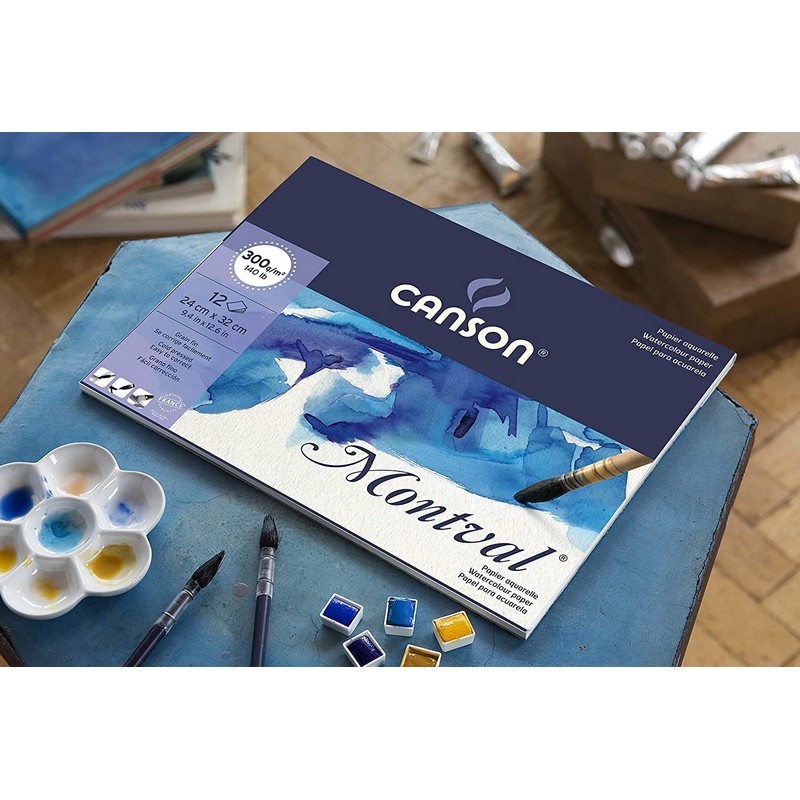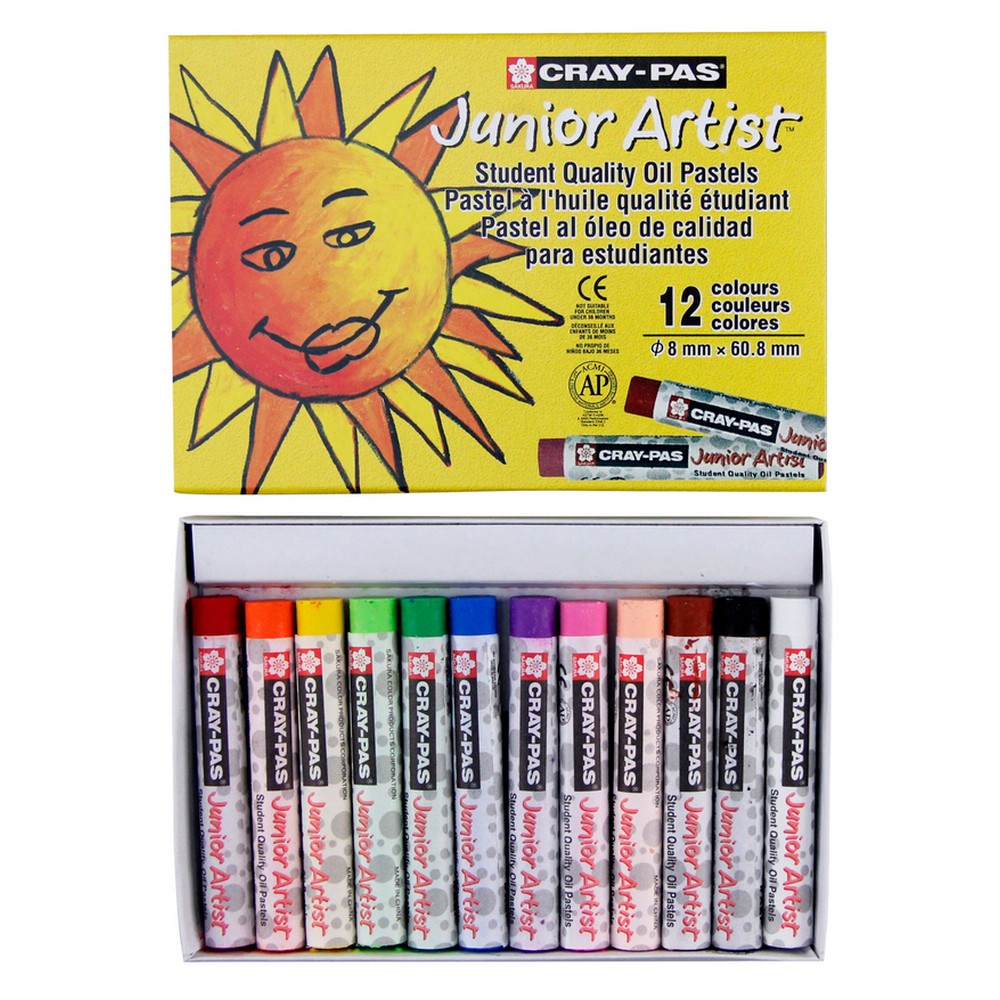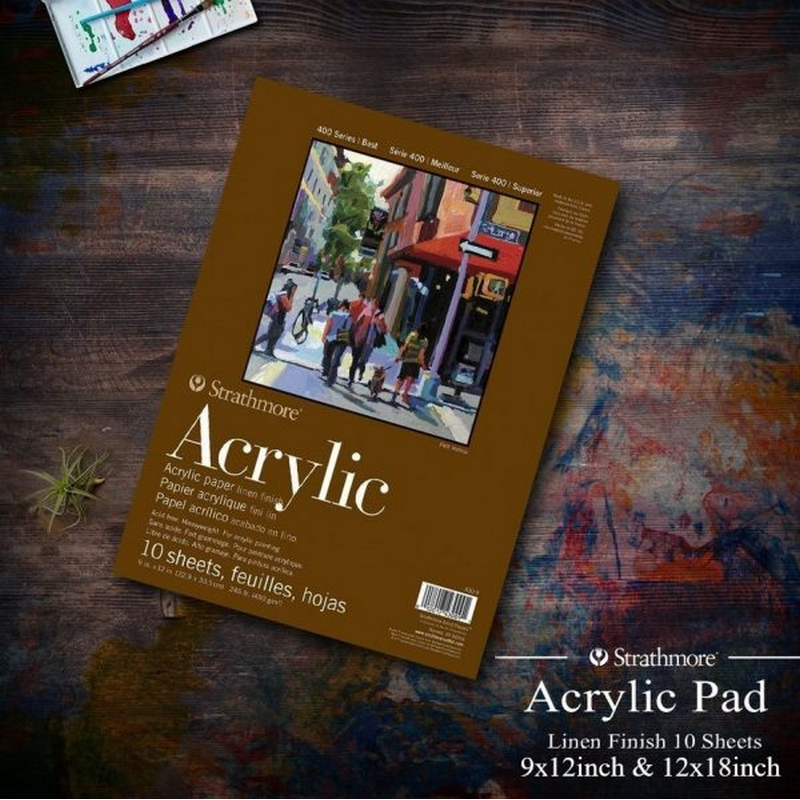How to use?
Bluebird Pouring medium is ready to use however with repeated use, it?s consistency will get thicker (due to contact with air) and that?s when we recommend max 20% water dilution. Acrylics to pouring medium ratio is?80% pouring medium to 20% acrylics.?If mixing with water, do it before and then mix with acrylic colors.
Pouring Techniques
1. Ring Pour (Dirty Pour)
This is an acrylic pouring technique in which all colors are poured into the same cup or container and then poured onto the painting surface.
- Each color is mixed individually, together with the pouring medium and water. The ratio is approx. 1:1:<1. For better cell formation, two to three drops of silicone oil can be added per color.
- The color mixtures are then stacked on top of each other in a container.
- Maybe stir just a little bit
- Then the contents of the container are carefully poured over the painting surface.
- The painting ground is moved back and forth until the paint has spread over the painting ground and the result corresponds to the ideas
2. Flip Cup

The Flip Cup technique is?identical to Dirty Pouring, but the container with the paint is put on the painting surface and lifted up, so that the individual layers of paint lay more on top of each other.
- All colors are mixed separately, together with the pouring medium and water. The ratio is approx. 1:1:<1. For better cell formation, two to three drops of silicone oil can be added per color.
- The color mixtures are then stacked on top of each other in a container.
- The container is then placed vertically on the painting surface.
- The container is then carefully lifted up.
- If more cells are desired,?a flame torch?can be used to briefly swivel over the color.
- The painting ground is moved back and forth until the paint has spread over the painting ground and the result corresponds to the ideas.
3. Open Cup

- Lay down a thick layer of base paint on the canvas as a foundation for your open cup acrylic pour. Torch?the base coat to get all the bubbles out.
- Place your cylinder onto your canvas and begin adding your paint to the cylinder.
- Begin to slide the cylinder along the canvas, adding paint to your cup as needed. Be conscious of the pattern that you move the cylinder in as this will dictate the movement in your final piece. Add different colors to balance out the composition.
- Tilt as you?d like to stretch your cells and move your paint.
- You can always add the cylinder back to the canvas and add more paint to wherever it needs it to round out your painting.
4. Bottle Bottom Pour

The acrylic pour techniques used in bottle bottom pour necessitates that you apply the color to the canvas from the base of a PET bottle, allowing the elevated part of the bottle?s base to create a pattern resembling a flower. You are also able to alter the final pattern by how the canvas is tilted afterward.
- Combine each color, pouring medium, and water in separate containers. Cells are not used for this method, so no silicone is required.
- Add a base color layer to prevent the flower pattern from covering the whole canvas. This will also allow the paint to flow more effectively onto the surface.
- Stand the bottom of the PET bottle inverted upon the canvas, and then sequentially pour each color over the bottom of the bottle in conservative amounts.
- The paint will flow over the grooves of the bottle, producing a pattern on the canvas that resembles a flower.
- Once the resulting pattern is satisfactory, take care in removing the PET bottle from the canvas.
- You can now focus on covering the center of the canvas, pouring various colors in order to fill the empty circle where the PET bottle stood.
- Tilt the canvas to alter and warp the image to your satisfaction.
- Multiple bottom bottle pours can also be added onto the same canvas.









Reviews
There are no reviews yet.